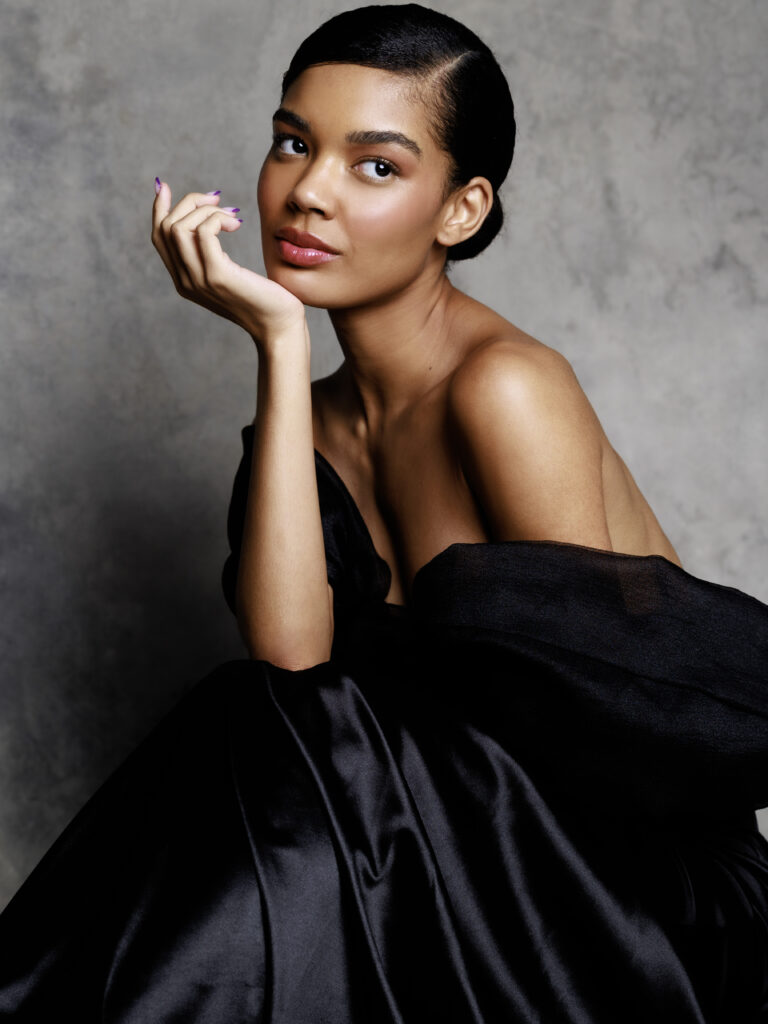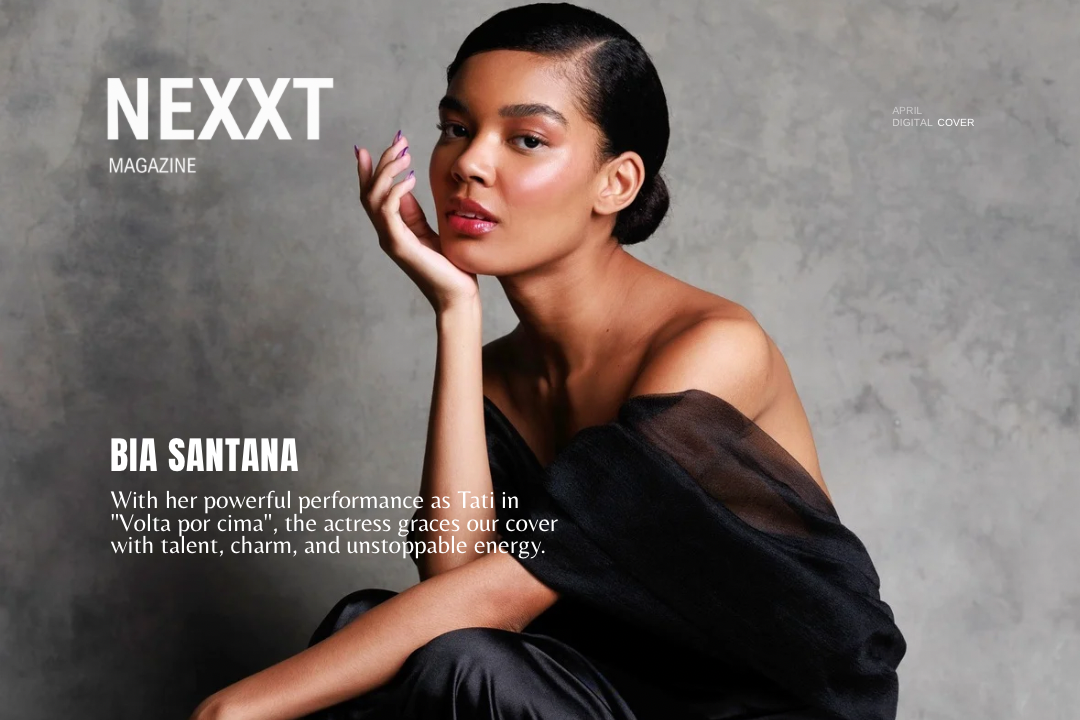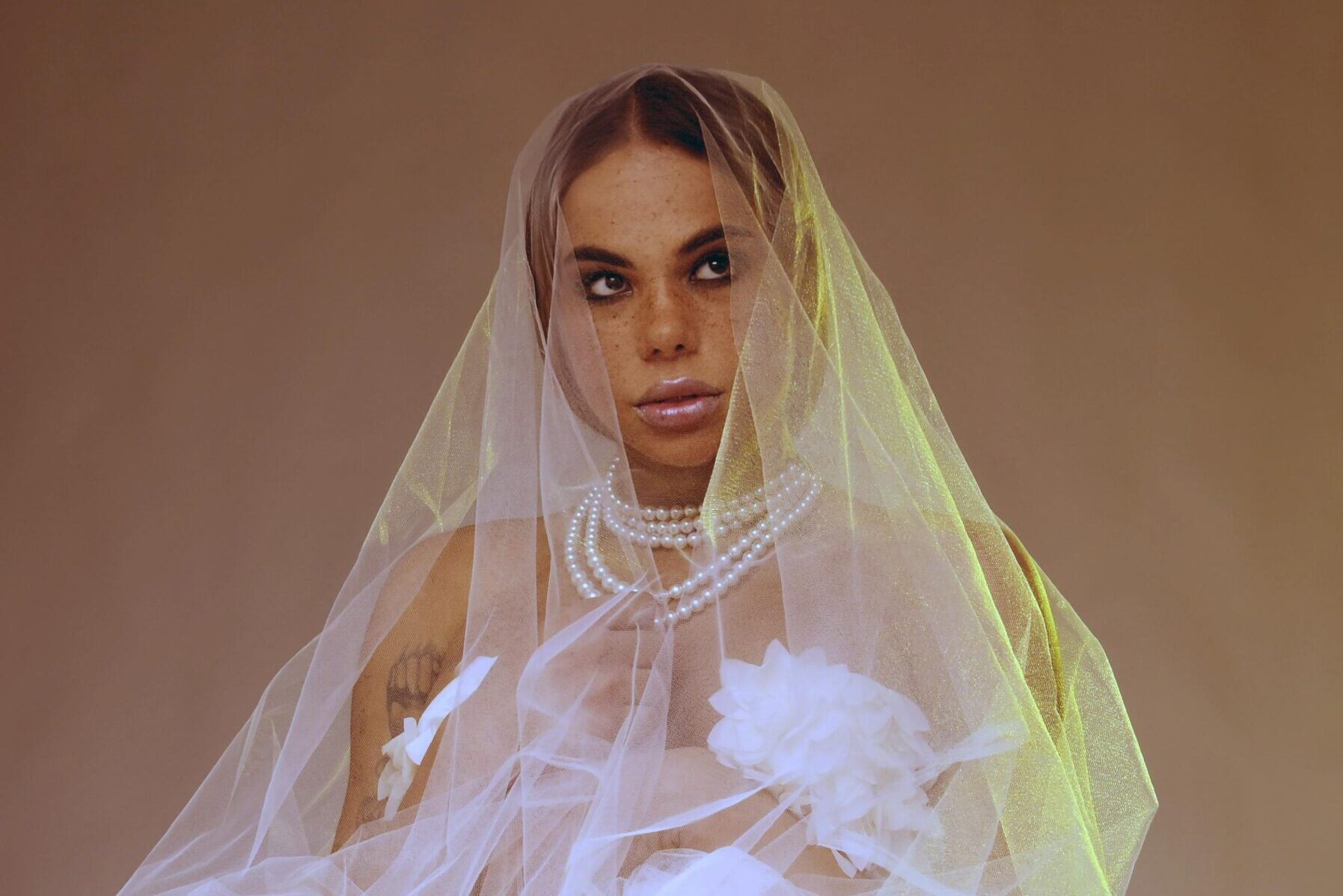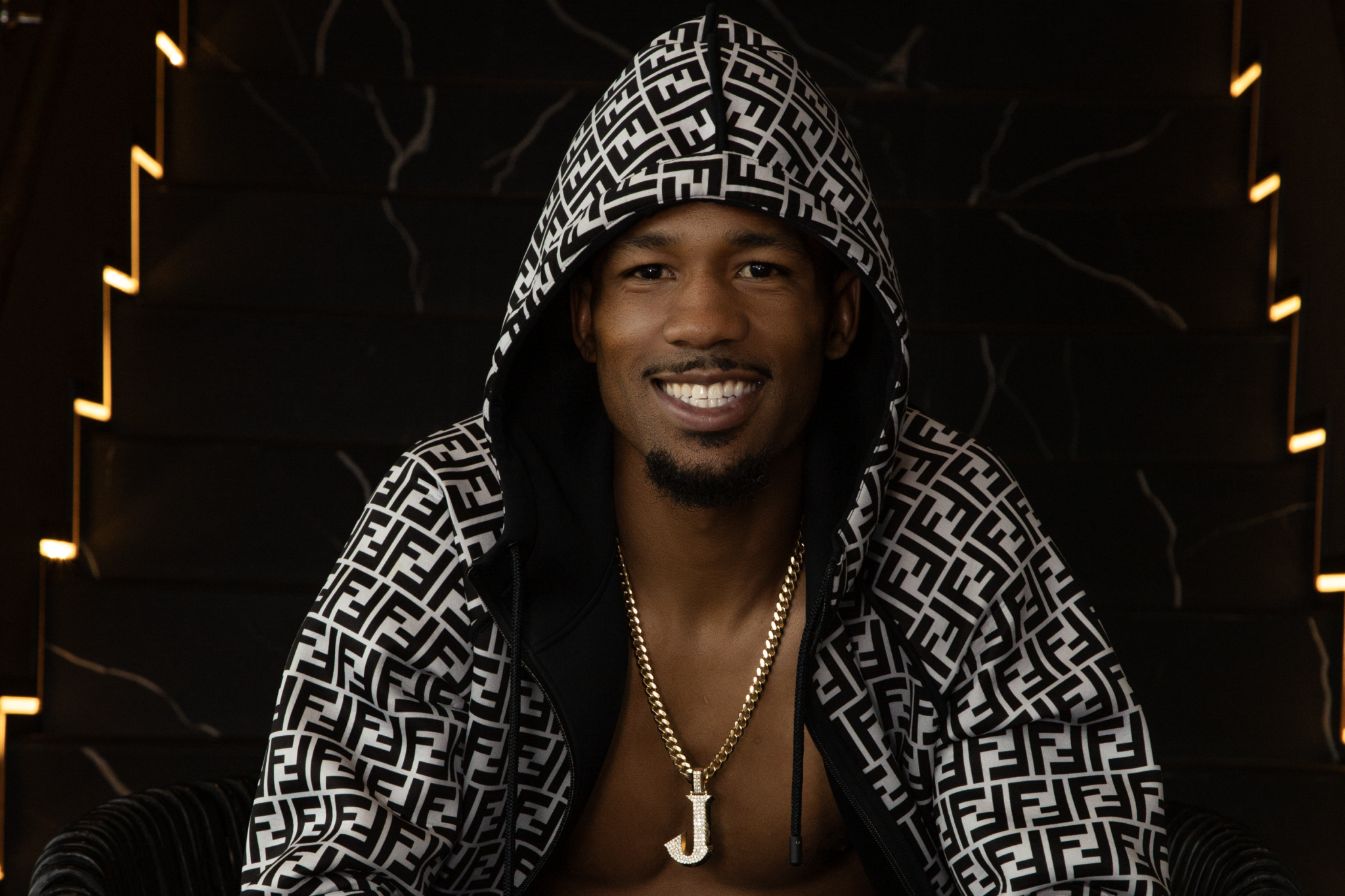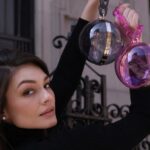From fashion runways to prime-time television, Bia is redefining what it means to be a multi-talented artist in Brazil. In this exclusive interview, she opens up about her journey, her characters, and her desire to shape her own stories.
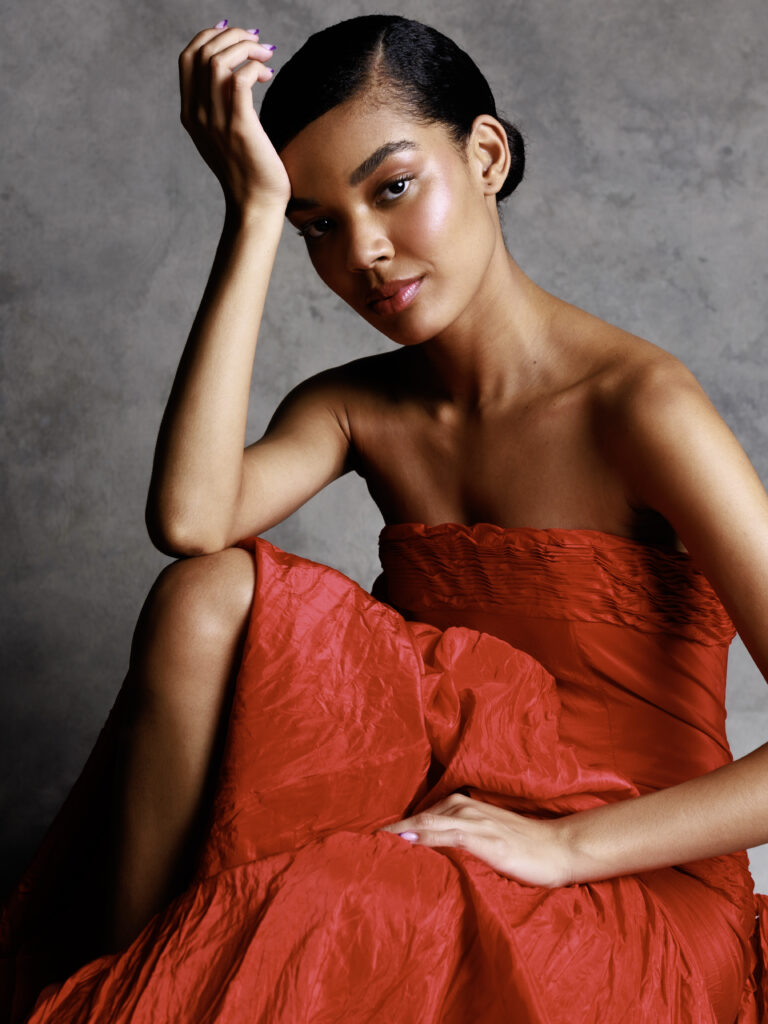
You began your career in fashion and then transitioned into acting. What motivated this shift, and how do these two fields intersect in your life today?
It was a natural transition. Most of my modeling work involved advertising campaigns, and shortly after, I was offered a role in Elas por Elas. Today, I try to manage both areas simultaneously—I can’t choose between them; they’re both part of who I am. Right now, my full dedication is to Tati, but my future plans definitely include fashion. These two sides help shape who Bia is.
What was the biggest challenge in taking on the role of Tati in Volta por Cima, especially with her transformation from heroine to villain?
It really surprised me too, but the character was so well-developed. Tati was introduced as a complex figure, and it’s been such a joy to explore her. She’s totally free, reckless, and has a strong, authentic personality. The way Cláudia writes her is a delight—I’m LOVING being hated! It’s such a thrill to do on screen what you can’t in real life. When people stop me to say how much they hate Tati, I take it as a sign that I’m doing my job well. I always say I don’t see her as a villain—she’s just very manipulative and openly loves the good life.
Receiving two perfect 10s from critics is a huge milestone. How did you react to this recognition, and did it change the way you see your work?
My acting career is still young, but I’ve always wanted to express my art. Of course, I dreamed of getting a 10, and I celebrate every recognition. But for me, the magic lies in developing a character’s journey—breathing life into them, understanding their emotions, motivations. That’s the art. The recognition didn’t change how I see my work; it just opened more doors for people to discover it.
You define art as a bridge that connects different realities. What’s the most important message you hope to convey through your characters?
Art allows us to hear stories we might otherwise overlook. That’s the beauty of it—telling stories! Each character I play has their own identity and deserves to be celebrated. They represent real people. My goal is for someone to feel heard or seen through my work. That’s the true joy of my craft.
Dance has been a fundamental part of your life since you were four years old. How does this passion influence your acting and presence on set?
The 21-year-old Bia owes so much to dance. It shaped me, became my refuge, and molded behaviors I now bring to set. Dance gives me freedom—and I return to it whenever I need that energy.
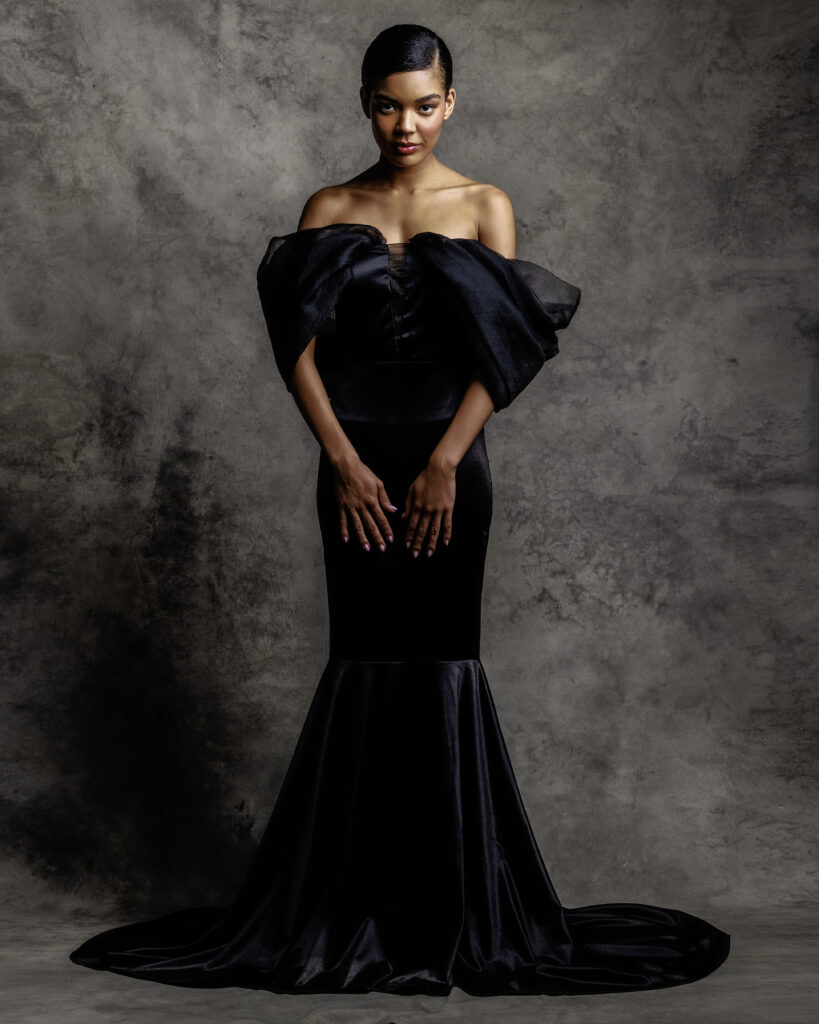
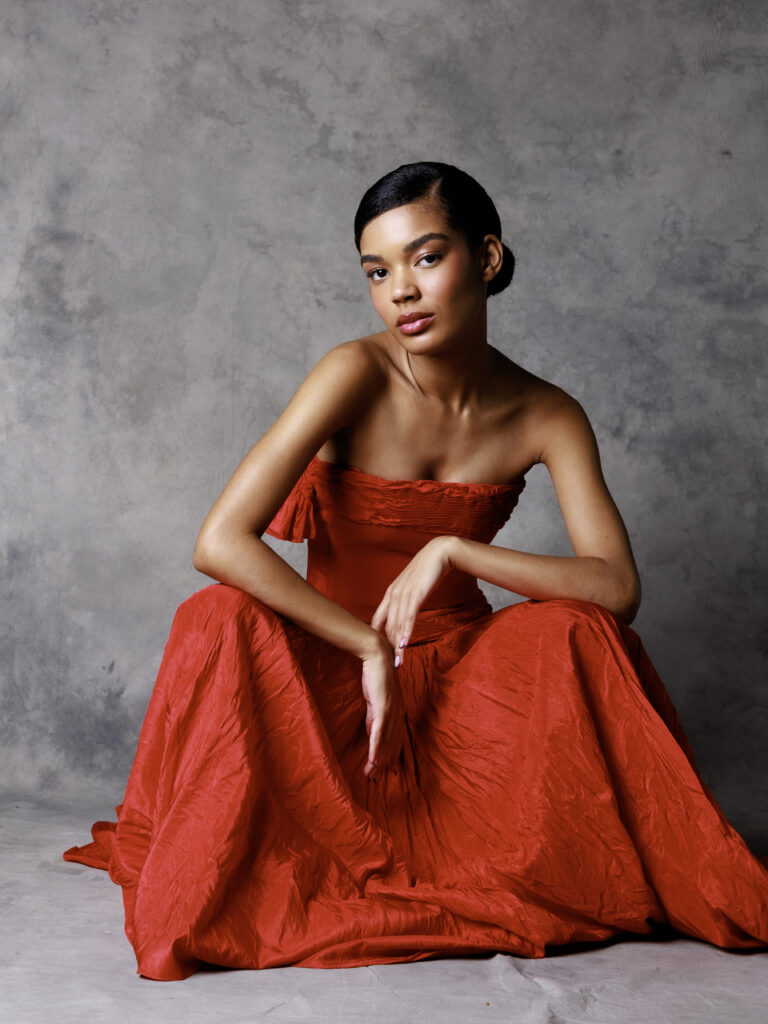
As a Black woman gaining recognition in the media, do you feel a specific responsibility in how your characters are portrayed to the public?
I feel a responsibility for how I, as an artist, am presented. I don’t have total control over my characters—I follow what the writers create—and I’ve been lucky to work with thoughtful teams. But I don’t judge my characters, and I can’t be afraid of being judged. That would hold me back. My responsibility lies in who I am as a person, actress, and artist. My characters are other people—part of me, yes, but beyond my control. It’s a collaborative process.
What changes would you like to see in the Brazilian audiovisual industry to increase Black representation, especially for young talent?
It’s powerful to be part of a trio of soap operas with Black leads, but I hope it’s more than just a trend—I want it to last. I want this to become the norm, part of a constant revolution. I want girls to grow up knowing it’s possible. That a Black woman can absolutely be the lead. That’s my dream: for representation to no longer be exceptional, but expected.
What does it mean to you to have returned to Rio de Janeiro after some time in São Paulo? Does the city still influence your art?
I’ve breathed Rio since birth. It feels like home, and I’m completely fascinated by it. To say it doesn’t influence me would be wrong. Being able to leave set and jump into the ocean is a privilege. But I’ve also learned to love São Paulo—learned to value its rhythm, its energy. It’s funny to say, “I miss wearing black and strutting through São Paulo.” Each place brings out different versions of me.
Your story is a powerful example of determination and bravery in pursuing new opportunities. What advice would you give to young artists just starting out?
I always say I’m an unlikely success story. But it’s commitment to the process that leads to progress. Study! Everything you can! Be complete artists. Take care of your body, your mind. I know it sounds cliché, but things truly happen when they’re meant to. I believe that. And I believe every person has something unique to bring to this industry. Live fully—artists create from what’s inside them.
Besides acting and dancing, is there any other art form or project you’d like to explore in the future?
I feel like I’m not even 10% of the artist I want to be. I won’t accept anything less than everything. I’ve discovered I’m passionate about all aspects of this industry. I’ve already taken screenwriting classes and I want to study directing. I want to tell my own stories. That’s what gives me butterflies—the thrill to keep growing and discovering what’s next.
